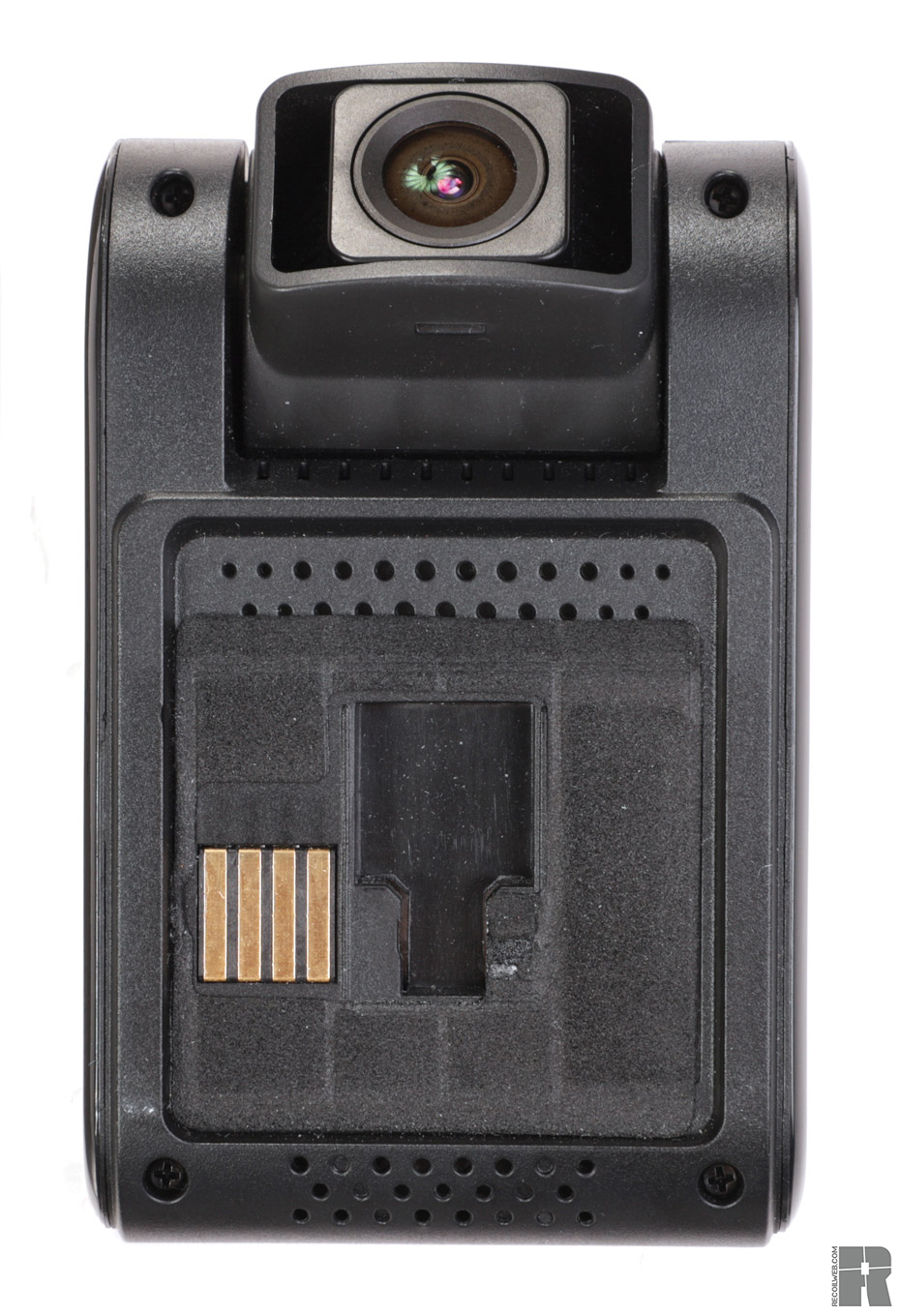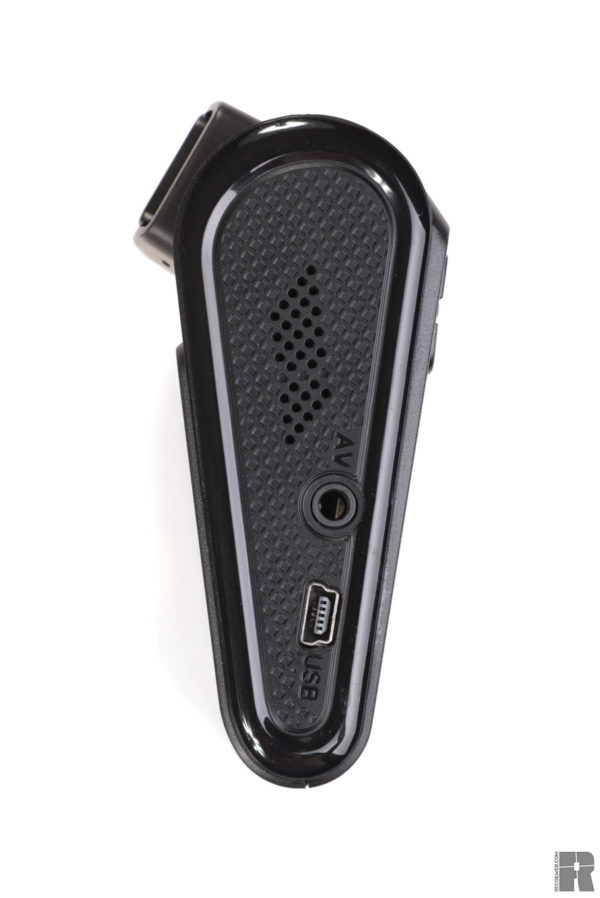

I even saw one with the 90-degree angle connector that’s used on the Tandem’s auxiliary/cigarette lighter power cable. OBD-II to micro-USB cables are available on Amazon or less than $15. A hard-wire kit is available so you can utilize the camera’s parking mode surveillance, but OBD-II is easier. It works so well that I didn’t even think about my previous experiences with Garmin heat until I started to write this review.Ībout the only area where I think Garmin missed the mark slightly is in not including, or at least offering, an OBD-II power cable. However, the Dash Cam Tandem has an honest-to-goodness fan behind the right-side vent to suck air through from the left side vent. That’s not necessarily a bad thing, as many designs use the case itself as a heat sink. If you perused any of my other Garmin dash cam reviews, you’ll know that the last two generations ran noticeably warm, bordering on hot, to the touch. The Garmin Drive phone app lets you adjust settings and view the output from the cameras. The now-defunct Owl Car Cam could learn a lesson here. For the latter you may also connect to your computer via USB or simply pull the microSD card and use a card reader.
#DASH DUAL CAM UPDATE#
It’s also used to update the firmware, view the camera feeds live, and transfer video. Other than that, only the microSD card slot and microphone on/off button on the bottom, and the micro-USB port on the left disturb the exterior.Īs to the aforementioned Garmin Drive phone app, it’s simple and to-the-point, configuring settings such as resolution, frames per second, g-sensor sensitivity, and more. There’s a large multi-color, halo-lit button on the back used to save video (red), pair with Bluetooth (blue), warn of errors (flashing yellow), and show that you’re connected via USB (green). There’s not a lot to say about all two of the Tandem’s controls. Not that other dash cams are particularly large, but the Tandem and all Garmin’s dash cams, as you can see in the image above, are distinctively small.

So why is small so desirable? You can’t hide front/interior cameras behind the rear-view mirror (it will block the interior camera view), so the smaller the dash cam, the less of your view out the window is blocked. The Garmin Dash Cam Tandem and the live view using the Drive app.
#DASH DUAL CAM 1080P#
I never changed anything, though I would probably drop the resolution of the front camera to 1080p eventually to save storage space.

To illustrate how little I missed the display: I used the Tandem for two full days without installing the phone app used for configuration and live viewing, and never felt a great need to do so. Having the GPS on board to automatically set the date and time helps, but Garmin also nails the defaults.


 0 kommentar(er)
0 kommentar(er)
